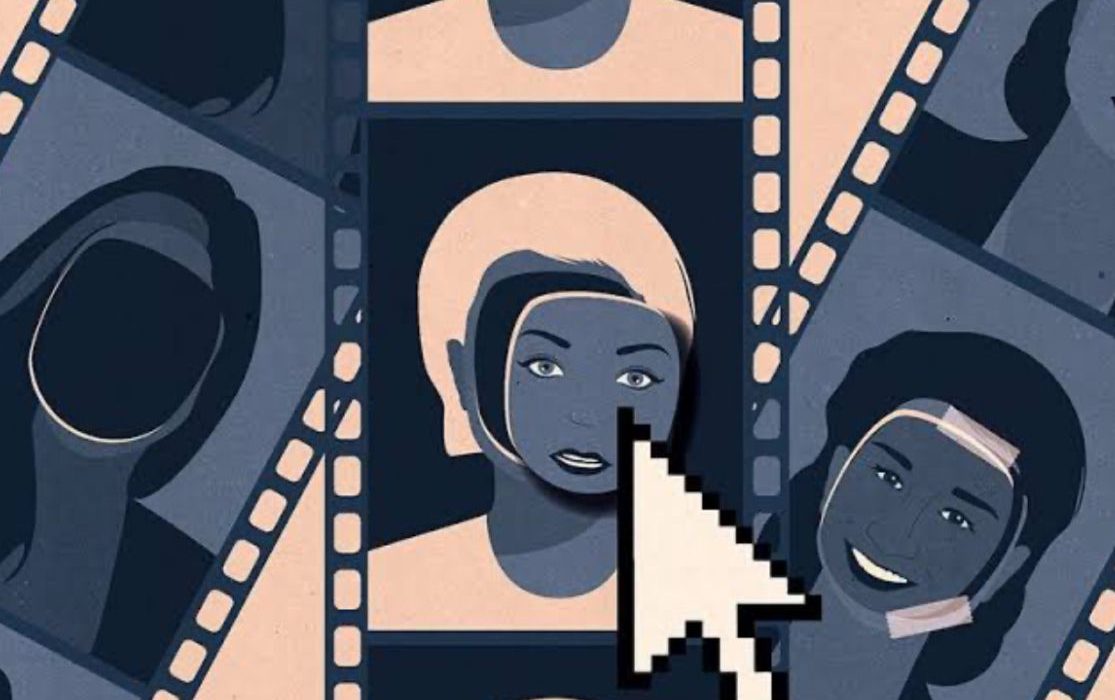Deepfakes, or synthetic media created using sophisticated machine learning algorithms, have become a major threat in the digital age. These realistic forgeries may resemble genuine people’s features and voices, representing a tremendous technological leap but also posing a slew of concerns. Deepfakes provide a multidimensional threat that must be mitigated by technological, legal, and societal solutions.
One of the primary strategies for limiting the hazards of deepfakes is to create advanced detection systems. Researchers are constantly working on systems that can detect deepfakes with great accuracy. These technologies detect anomalies and artefacts in the media, such as unnatural face motions, odd blinking patterns, and audio-visual incompatibilities, which are common in deepfake content. By increasing the sophistication and accessibility of these detection technologies, it is possible to identify and flag deepfake content before it spreads.
Furthermore, the use of blockchain technology can provide a reliable solution for confirming the validity of digital media. Blockchain can help prevent media tampering by creating a decentralised ledger that records the origin and alterations of digital content. This solution could be especially useful in protecting news and social media sites, where the spread of deepfakes can have serious consequences.
Addressing the legal issues surrounding deepfakes is critical. Governments must enact legislation that particularly targets the creation and distribution of malicious deepfake content, with severe consequences for violators. Clear criteria for the ethical usage of deepfakes, such as in entertainment or education, should be devised to avoid harm. International collaboration can help to standardise these policies around the world, removing legal loopholes and guaranteeing complete enforcement.
Public awareness and education are crucial in combating deepfake risks. Informing people about deepfakes helps them become discerning consumers of digital media. Educational campaigns can teach critical evaluation of content, promoting verification from multiple sources and scepticism of sensational claims. Integrating media literacy programs into school curriculums will equip the younger generation with the skills to navigate the digital landscape responsibly, fostering a culture of critical thinking and resilience against deepfake manipulation.
Mitigating the risks of deepfakes necessitates cooperation among technologists, governments, and citizens. Tech organisations, particularly those who run social media and content-sharing platforms, must take proactive steps to detect and delete deepfake content. Implementing strong content moderation standards and AI-powered detection techniques can assist these platforms quickly detect and mitigate the spread of deepfakes.
Partnerships between the commercial sector, academic institutions, and government agencies can also help to develop creative solutions and best practices for dealing with deepfake dangers. By sharing expertise and resources, stakeholders may keep ahead of the growing deepfake technology and devise effective countermeasures.
